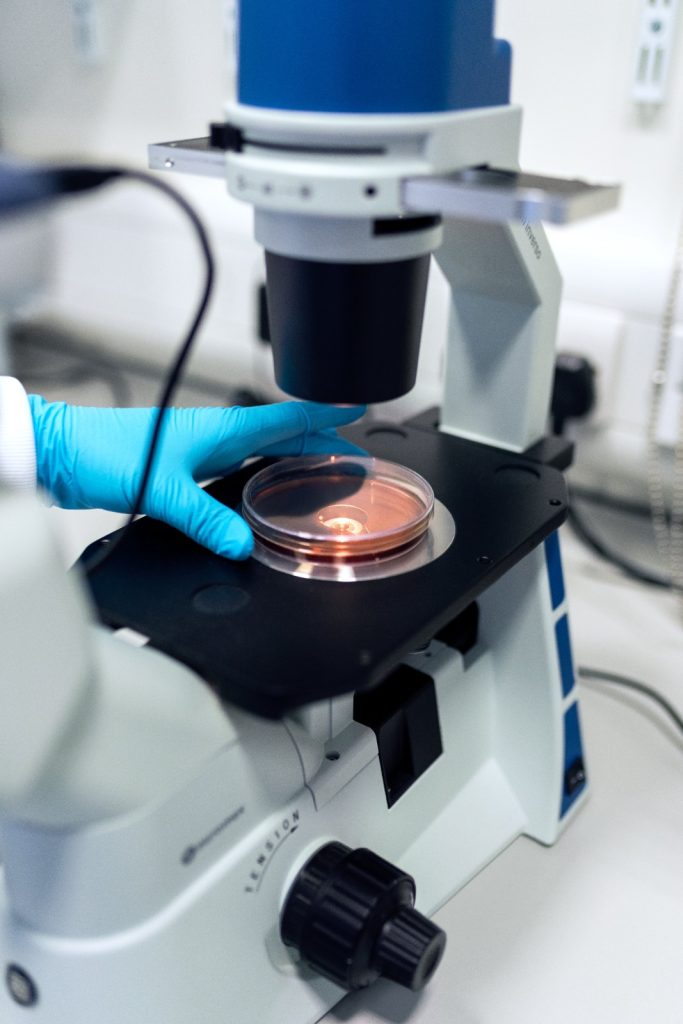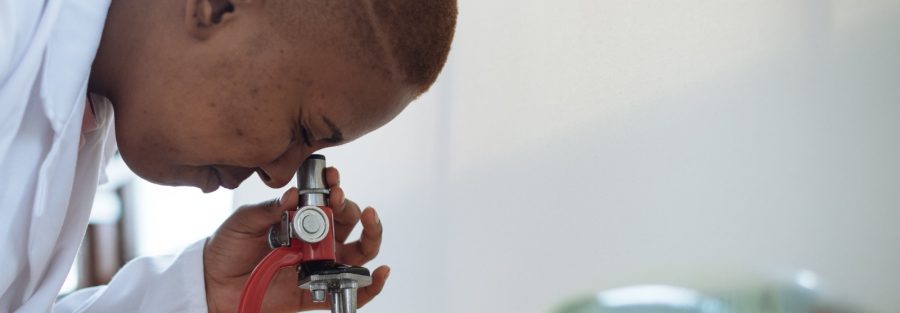Making a baby isn’t always easy. Fortunately, scientific innovations have curated several other routes to parenthood. In vitro fertilization, or IVF, brings the miracle of conception into a laboratory. It has led to the birth of nearly 10 million babies since the first successful fertilization procedure in 1978.
So how does it work?
1) Preparation: The IVF treatment process begins long before any egg removal and fertilization takes place. A thorough medical history of the couple, including fertility tests and other possible analysis might be required. As the procedure gets closer, birth control pills may be prescribed or estrogen, to control the timing of menstrual cycle and maximize the number of mature eggs available for retrieval.
2) Ovarian stimulation: During a typical ovarian cycle, only one egg becomes mature enough to ovulate. IVF treatment uses injectable hormone medication to bring a group of eggs to maturity to increase the odds of a successful pregnancy. Monitoring of the eggs may occur daily or every few days during this time to determine when they mature. A final trigger shot is given exactly 36 hours before the scheduled egg retrieval to finalize the maturation process.

3) Egg retrieval: Once the eggs are mature, it’s time for egg retrieval. During this step, a suction device connected to a long thin needle is inserted through the vagina. This will puncture ovarian follicles and pull the mature eggs out. Removed eggs are placed in a petri dish containing a special solution and then placed in an incubator for a short period of time. Since this procedure is mildly invasive, medication and sedation are used.
4) Fertilization: Fertilization of the eggs takes place within a day. During a procedure known as an intracytoplasmic sperm injection, a single sperm is introduced into each mature egg. On average, about 70% of mature eggs will successfully fertilize.
5) Embryo development: Now comes the growing and waiting. Fertilized eggs are monitored and left to develop over the next several days with cells actively dividing. About half of fertilized embryos will progress to the blastocyst stage when they are suitable for transfer into a uterus. Embryos that are suitable for transfer can either be used right away or frozen for future transfer.
6) Embryo transfer: Within a week after fertilization, it’s time to transfer the embryos. This is a short procedure that only takes about 10 minutes and feels very similar to a pelvic exam. A speculum is placed within the vagina and a thin catheter is inserted through the cervix into the uterus. An embryo or embryos are then injected through the catheter into the uterus.
7) Pregnancy: Within 14 days after the embryo transfer, a blood test will be done to determine if conception was successful. If the pregnancy test is positive, you begin the journey of prenatal care. Pregnancy success rates per embryo transfer vary depending on the age of the woman at the time of egg retrieval. If the pregnancy test is negative, you can try another embryo transfer if you have additional embryos frozen from the first IVF cycle. If you do not have remaining embryos, you can try IVF again. IVF has been used successfully for more than four decades. Talk openly with your healthcare provider about your options.


